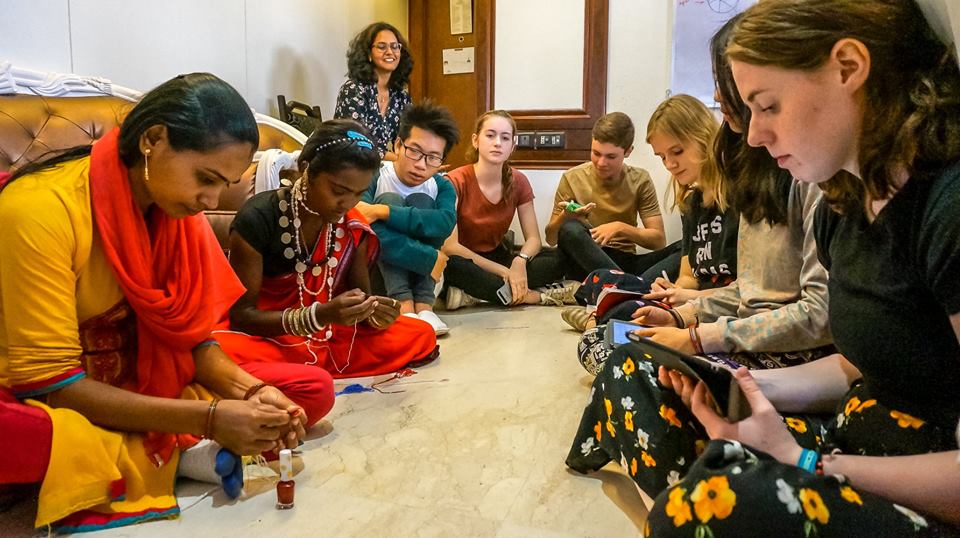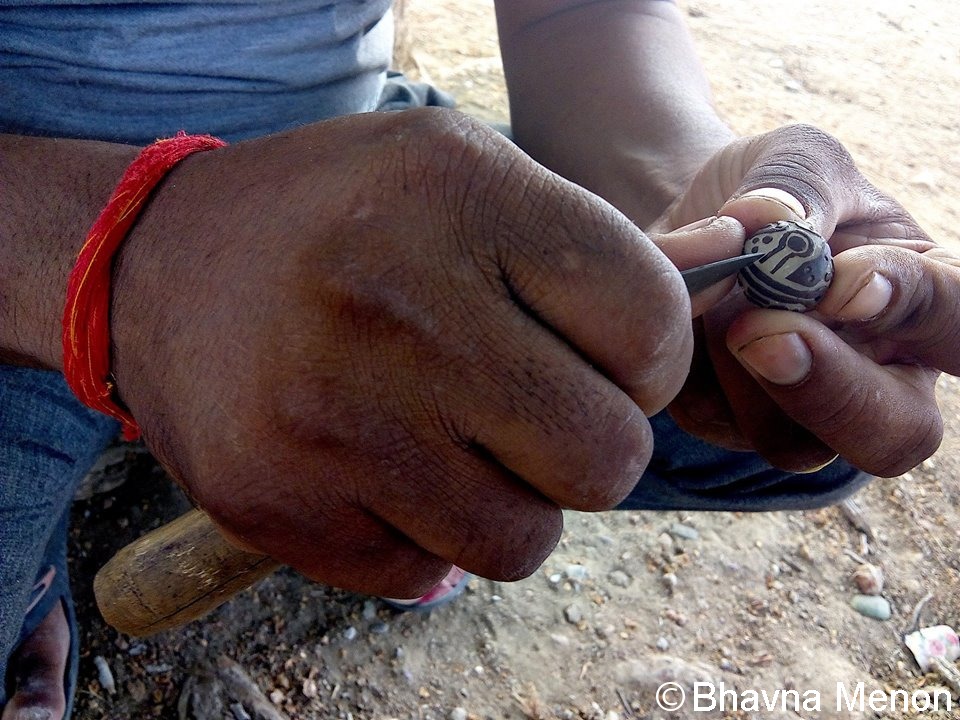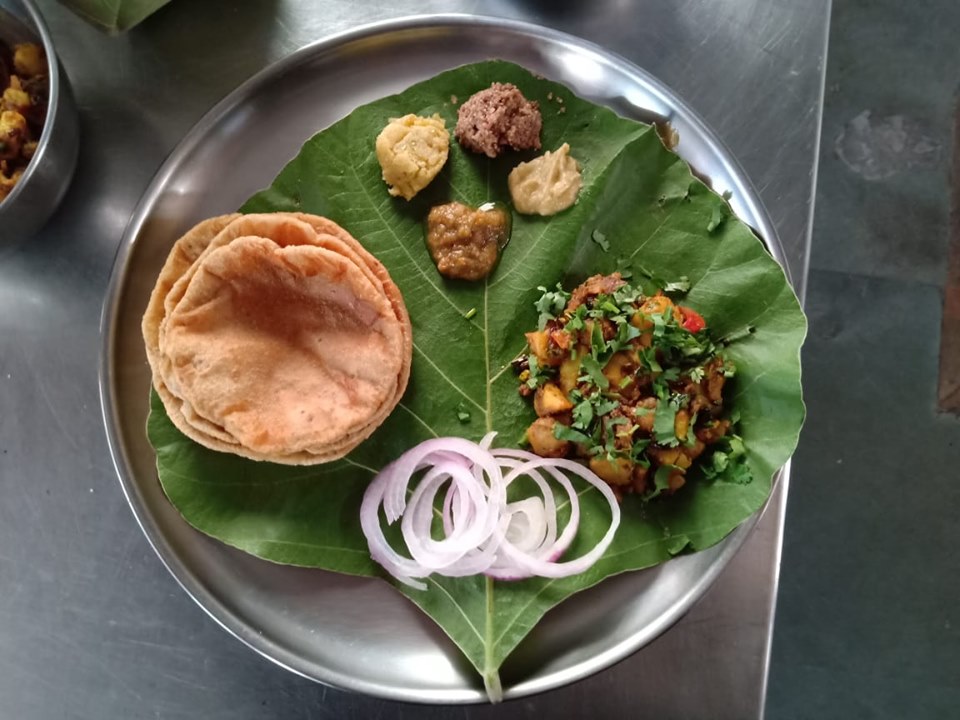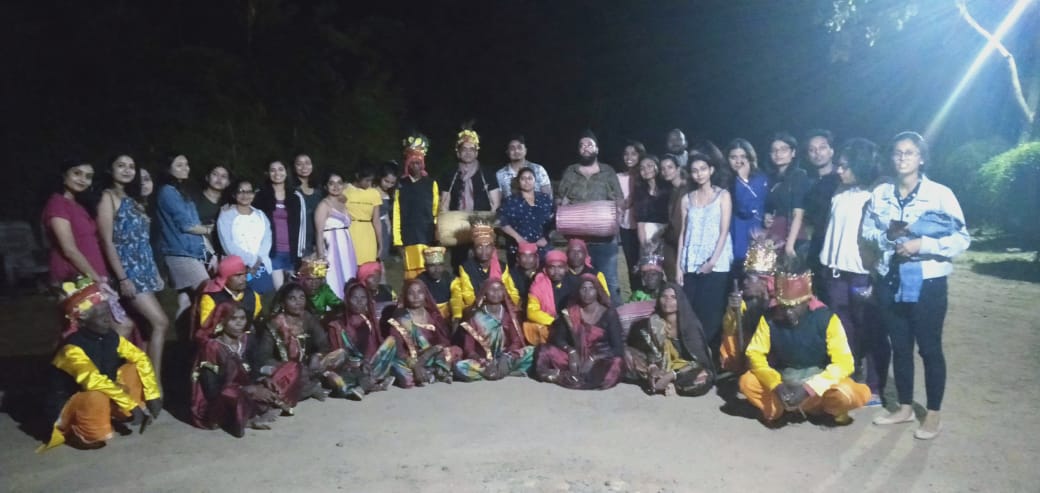Do you want to experience the life of a villager living near a tiger reserve? Read this
Forest communities rely on forest resources for subsistence, medicine and livelihoods. They possess a plethora of skills and knowledge that can help integrate them into conservation efforts


Forest communities are defined as people who rely on forest resources for subsistence, medicine and livelihoods. Such communities are dependent on a healthy forest. However, in our working with such communities over a decade, we have realised they also possess a plethora of skillsets and knowledge that can not only be used as a means of livelihood, but can also help integrate the community members into conservation efforts.
To this effect, Last Wilderness Foundation, an NGO working for wildlife conservation in central India, is engaging with a few communities around three tiger reserves — the Baigas in Kanha, villagers living in the buffer zone of Bandhavgarh tiger reserve and the Pardhis in Panna — for livelihood generation.
The initiative has been undertaken not only to provide an alternative means of income to the communities using an already existing skillset, but also to reduce human-wildlife interactions. This also helps the communities promote and preserve their culture, which otherwise seems to be dying with the newer generations.
Apart from providing a means of livelihood to the community members, we look to make these conservation activities available to tourists visiting a tiger reserve for them to experience the local culture, cuisine and traditions, which will, in turn, benefit the locals.

Kanha:
We are working with the Baiga community in the buffer zone of the reserve across four villages with a workforce of 40-plus women. The initiative is to provide an alternative source of livelihood to the women by encouraging them to make traditional jewellery worn by them, which is then branded under Nature Works India (our online partner) and sold by us. This venture not only provides the members with a source of income, but will also reduce the dependency on the forest and forest products as well as reduce human-wildlife conflict.
Before the inception of the project, women used to spend a good part of their time in the forest to collect ‘mahul’ Bauhinia vahlii leaves to make bowls and plates, which increased their chances of coming in contact with wild animals. Another aim of this initiative is to help preserve the community’s tradition of jewellery-making.

People visiting Kanha can also contribute to this initiative by being a part of the Baiga jewellery workshop we offer in which community members teach or demonstrate the art of jewellery-making. Tourists can also undertake a guided walk in a Baiga hamlet, which will help them understand the on-ground challenges and the culture of the community and get a feel of the life in a Baiga village. The walk can also be a gastronomically treat with snacks made by the local women at a canteen in the village.
While in Kanha, tourists can also visit the Bhoorsingh Public School, an establishment run by the forest department for the children of its staff and also local communities to provide better education facilities. It is a unique learning place for young children. A visit to such an institution gives an insight into how people can help by volunteering or by providing aid to develop it further.

Panna:
In Panna, we have been working with the Pardhi community for nine years.
A nomadic community, Pardhis are traditional hunters who, since the time of the Mughal emperors, have been hired to help in shikar (hunting), be it as a sport for the British during the colonial period or for the royal kitchens of the ‘zameendars’ (landowners).
Due to the combined efforts of the forest department and NGOs, a large part of the population has given up hunting. To provide the community an alternative source of livelihood, and to channelise their age-old knowledge of the forest, birds and animals — they mimic many birds and animals perfectly — and their skills in identifying animal tracks and signs, we initiated a livelihood project called ‘Walk with the Pardhis’ in association with the management of the Panna tiger reserve and Taj Safaris.
The idea is to take tourists on a walk in the wilderness and understand the forest as the community members do. The walk can be undertaken by tourists on a designated trail led by a Pardhi guide. Before or after the walk, tourists can also enjoy a demonstration on how a ‘teetar’ whistle or hand-carved bead is made. While the whistle is said to perfectly imitate the call of the Francolin and is made from the wood of the khair or tendu tree, the hand-carved bead has motifs from the wilderness. These products make for beautiful wildlife collectables and, apart from giving a source of livelihood to the Pardhi community members, also help in the preservation of the community’s skillsets and culture.
The walk apart, tourists can also enjoy a visit to a village to experience the local culture and heritage, and also get to sample the local cuisine, considered a speciality in the region.

Bandhavgarh
In Bandhavgarh, we have been working with villagers living in the buffer zone of the tiger reserve as a conservation outreach initiative to reduce man-animal conflict and create awareness about the forests and conservation among local communities.
Tourists can visit a village in a guided village walk to understand the heritage, culture, traditions, beliefs and relationship of people with the forest, followed by lunch or dinner made by the community members.
The walk is organised in a village situated in the buffer zone and such interactions can help people connect and form a healthy dialogue, which will aid conservation in the long run.
Apart from the village walk, tourists can also enjoy local cultural programmes like the beautiful karma/saila dance by the Gonds and Baiga community members that can be arranged. Such performances are not only a source of livelihood to the community members, but they also help sustain the culture of the local tribes.

We urge tour operators, tourists and wildlife enthusiasts visiting tiger reserves to avail of local homestay facilities and local cuisines, visit local handicraft centres, meet with local artisans and explore traditional skillsets to help the local economy be more sustainable.
To explore, know more or be a part of the conservation activities in any of the above tiger reserves, write to [email protected]
Bhavna Menon is working as the Programme Manager with the Last Wilderness Foundation (LWF), an NGO working towards wildlife conservation
Views are personal

